A parallel plate capacitor is connected with a resistance R and a cell of emf e as shown in figure. The capacitor is fully charged. Keeping the right plate fixed, the left plate is moved slowly towards further left with a variable velocity v such that the current flowing through the circuit is constant. Then the variation of magnitude of v with separation x between the plates is represented by curve
Step by step video & image solution for A parallel plate capacitor is connected with a resistance R and a cell of emf e as shown in figure. The capacitor is fully charged. Keeping the right plate fixed, the left plate is moved slowly towards further left with a variable velocity v such that the current flowing through the circuit is constant. Then the variation of magnitude of v with separation x between the plates is represented by curve by Physics experts to help you in doubts & scoring excellent marks in Class 12 exams.
Similar Questions
A parallel plate capacitor is constructed with plates of area 0.0280m2 and separation 0.550mm. Find the magnitude of the charge on each plate of this capacitor when the potential between the plates is 20.1V
 View Solution
View SolutionIn the figure shown below, the charge on the left plate of the 10μF capacitor is −30μF. The change on the right plate of the 6μF capacitor is:
 View Solution
View Solution
Knowledge Check
- Question 1 - Select One
An ideal cell is connected across a capacitor as shown in figure. The initial separation between the plates of a parallel plate capacitor is d. The lower plate is pulled down with a uniform velocity v. Neglect the resistance of the cirucit. Then the variation of charge on capacitor with time is given by
 A
A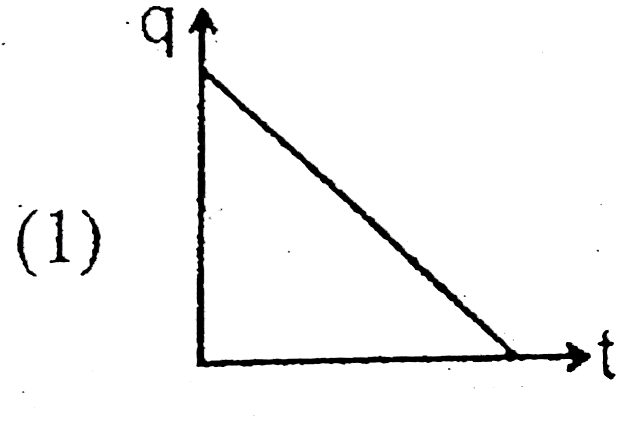 B
B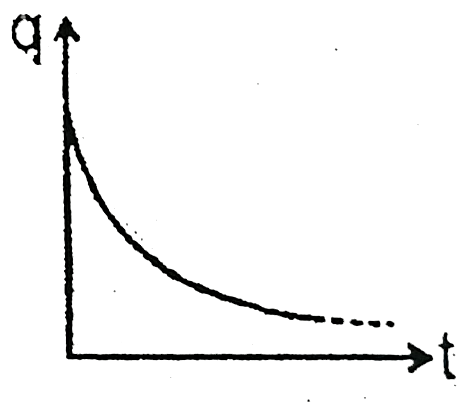 C
C D
D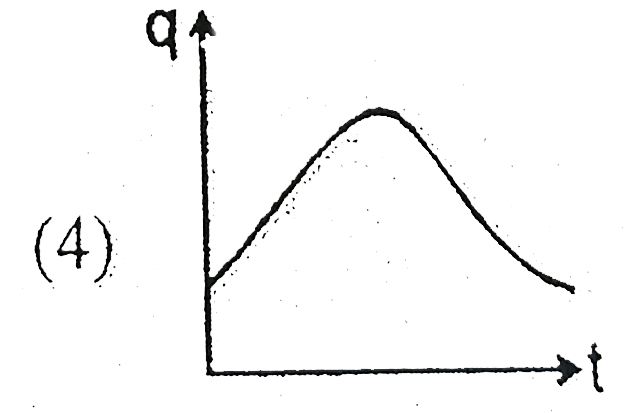
- Question 2 - Select One
A parallel plate capacitor has two layers of dielectric as shown in figure. This capacitor is connected across a battery. The graph which shows the variation of electric field (E) and distance (X) from left plate.
 A
A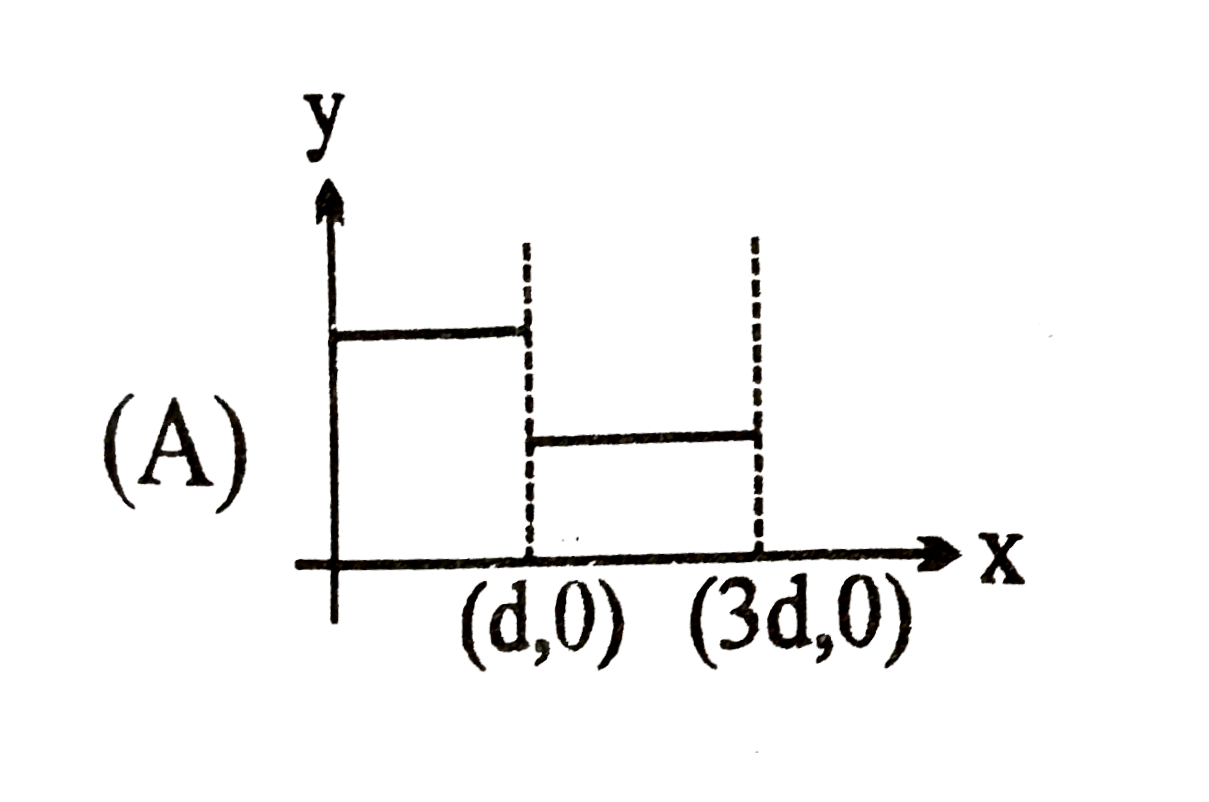 B
B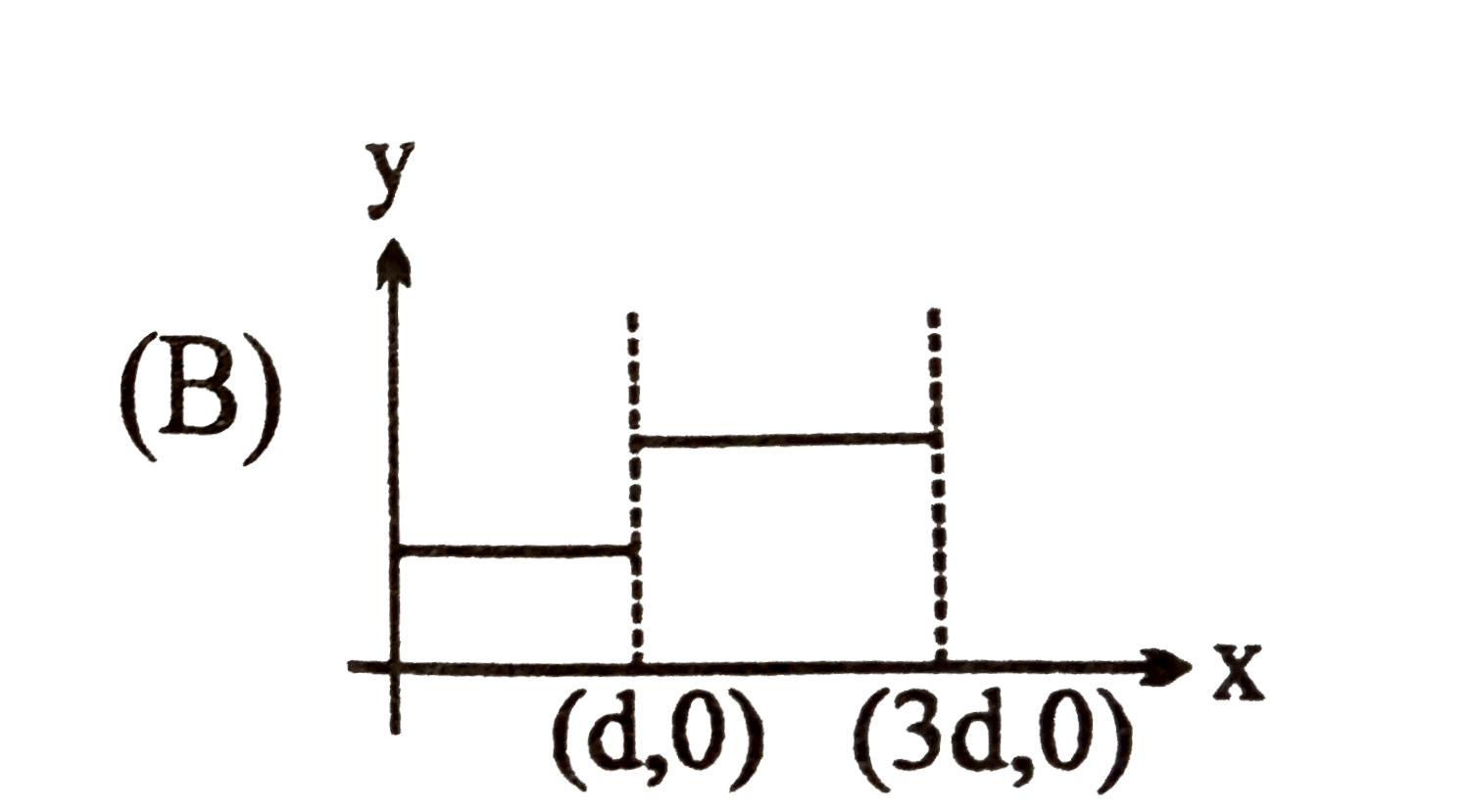 C
C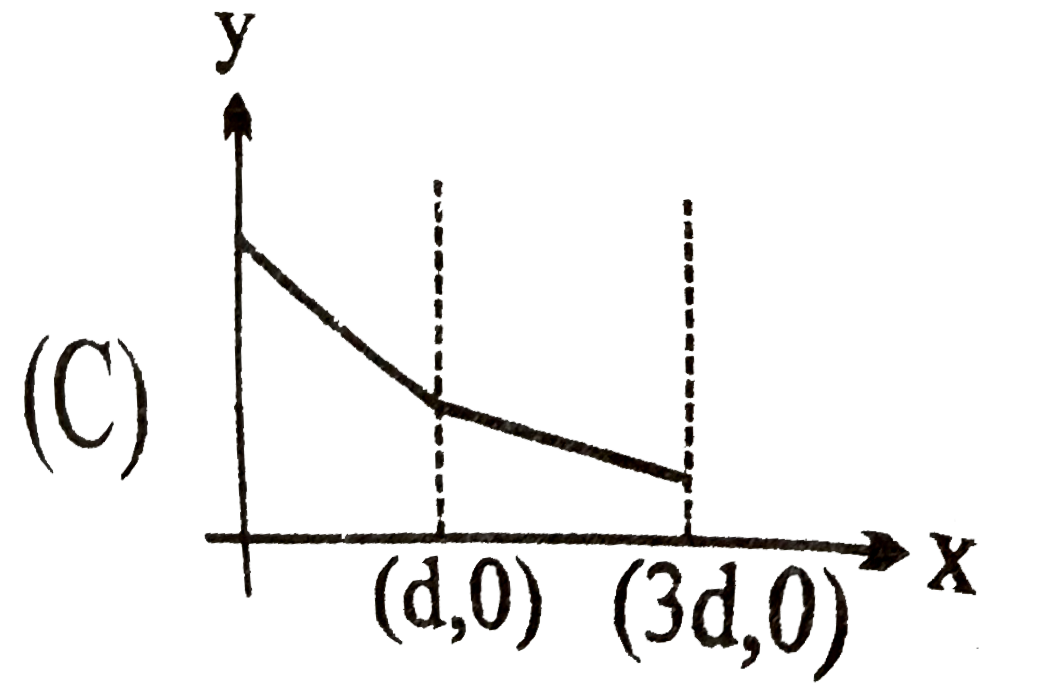 D
D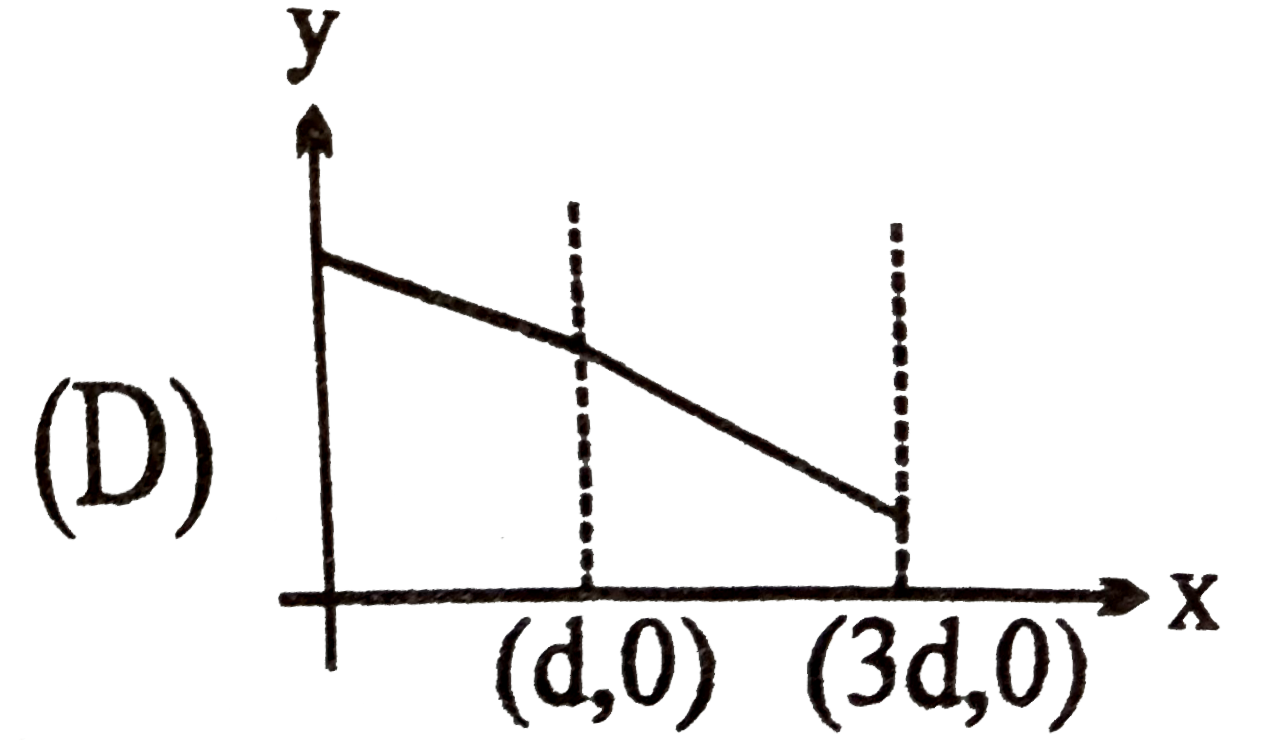
- Question 3 - Select One
A parallel -plate capacitor is connected to a battery that maintains a constant potential difference V between the plates. If the plates are pulled away from each other, increasing their separation, does the magnitude of the charge on the plates (a) increase, (b) decrease, or (c ) remain the same ?
AIncreasesBDecreasesCRemain sameDBecome zero
In the figure shown below ,the charge on the left plate of the 10μF capacitor is −30μC.The charge on the right plate of the 6μ,F capactior is :
 View Solution
View SolutionA parallel-plate capacitor is filled with a delectric meterial having resistivity(ρ)and dielectric constant K.The capcitor is charged and disconnected from the charging source. The capacitor is slowly discharged through the dielectric.Show that the time constant of the discharge is independent of all gepmetrical parameters like the plate area or separation between the plates. Find this time constant.
View SolutionA parallel plate capacitor having plate area A and separation between the plates d is charged to potential V.The energy stored in capacitor is ....???
View SolutionA parallel plate capacitor has plates of area 4m2 separated by distance of 0.5 mm. The capacitor is connected across a cell of emf 100 V.
Find the capacitance, charge and energy stored in the capacitor.View SolutionA parallel plate capacitor having capacitance C farad is connected with a battery of emf V volts. Keeping the capacitor cannected with the battery, a dielectric slab of dielectric constant K is inserted between the plates. The dimensions of the slab are such that it fills the space between the capacitor plates. Then,
View Solution
